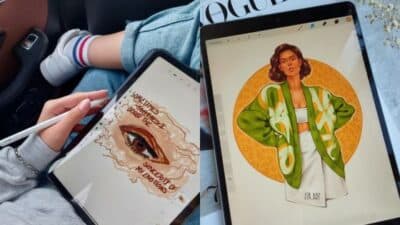Aesthetic drawing ideas have gained significant popularity among artists and hobbyists alike. This artistic movement celebrates beauty in simplicity and encourages creativity across various themes and styles. Exploring aesthetic drawing ideas can unlock new avenues for artistic expression and inspire individuals to connect with their personal artistic voice.
From charming sketches of animals to serene landscapes, the variety of aesthetics allows for numerous interpretations. Artists often share their creations on platforms like Pinterest and TikTok, fostering a vibrant community that inspires and motivates others to experiment with their drawing techniques.
1) Dreamy Landscape Sketch


Creating a dreamy landscape sketch can transport the viewer to a serene and imaginative world. Artists often incorporate elements like soft clouds, gentle hills, and whimsical trees to evoke a sense of peace.
Using pastel colors can enhance the dreamlike quality. Shades of pink, lavender, and light blue can mimic a sunset or sunrise, offering a soothing effect.
Adding unique features, such as a ferris wheel or palm trees, can lend a playful touch. Integrating fantastical creatures or strange plants can make the landscape feel more alive and engaging.
Digital tools like Procreate allow for easy experimentation with different textures and colors. Artists can create layers, adjusting opacity to add depth and dimension.
This approach encourages creativity and invites viewers to imagine stories within the landscape. It’s about letting one’s imagination run free while enjoying the process of sketching.
2) Whimsical Forest Scene

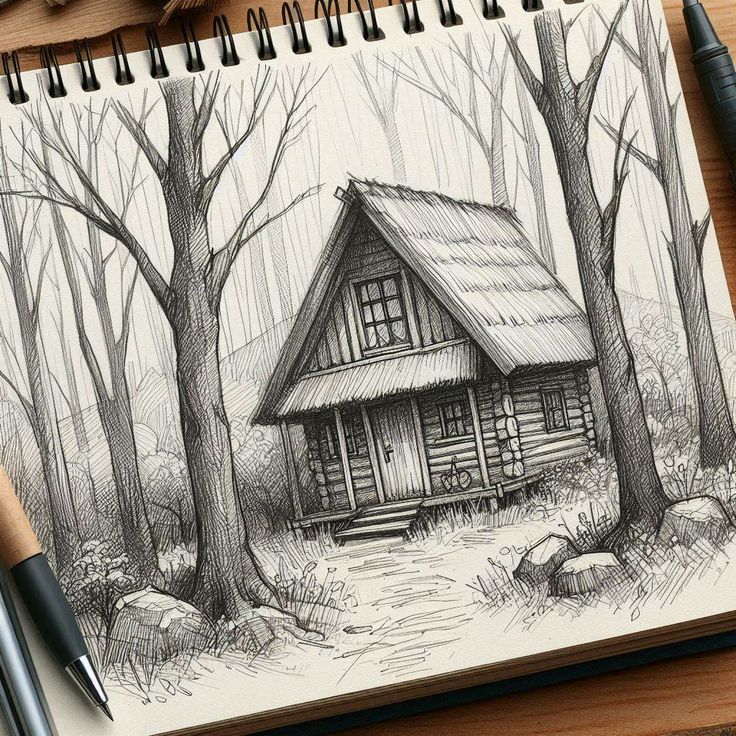
A whimsical forest scene captivates with its playful elements. Trees, animals, and vibrant plants come together to create an enchanting atmosphere.
In this type of drawing, artists often include charming characters like rabbits, foxes, or deer nestled among the foliage. Using bright colors can enhance the magical feel of the scene.
Simple techniques can make this drawing accessible for all skill levels. For instance, starting with vertical lines for trees and adding details gradually can help.
This theme is popular on platforms like Pinterest and TikTok, where many seek inspiration for their art. These scenes evoke a sense of creativity and relaxation, perfect for artists looking to explore nature in a fun way.
3) Moonlit Night Doodles


Moonlit night doodles can evoke a sense of calm and creativity. These drawings often feature serene landscapes illuminated by the soft glow of the moon.
Artists can use a variety of techniques to capture the night sky. Watercolors and gouache are popular choices for depicting the delicate balance of light and shadow.
Experimenting with doodles of trees, clouds, and stars alongside the moon creates a dreamy atmosphere. Simple shapes and outlines can be effective in conveying the beauty of a moonlit scene.
For those looking for inspiration, social media platforms like Pinterest and TikTok offer numerous ideas. Users frequently share cute and aesthetic drawings that highlight the allure of the moon at night.
Utilizing black paper can enhance the vibrancy of doodles as they stand out against a dark background. With a few thoughtful touches, anyone can create enchanting artwork that reflects the magic of moonlit nights.
4) Minimalist Plant Drawings

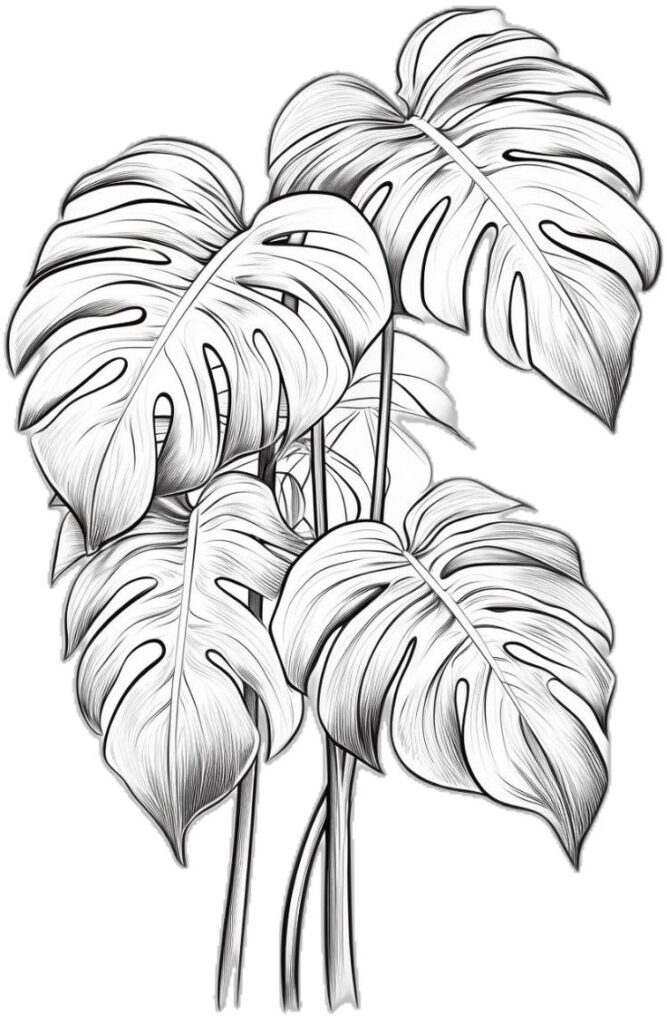
Minimalist plant drawings focus on simplicity and clean lines. They often feature single plants or small clusters, capturing the essence of nature without overcrowding the page.
These drawings can be done in black ink or with subtle colors. The choice of color emphasizes the natural beauty of the plants while keeping the overall design uncluttered.
Many artists use Pinterest for inspiration, where they can find a variety of styles. These ideas range from basic shapes to more intricate designs, allowing for personal expression.
Creating minimalist plant art can be a relaxing activity. It encourages artists to pay attention to detail while maintaining a straightforward approach.
With practice, anyone can master this drawing style. It’s a great way to incorporate the beauty of plants into art without feeling overwhelmed.
5) Cute Cat Illustrations

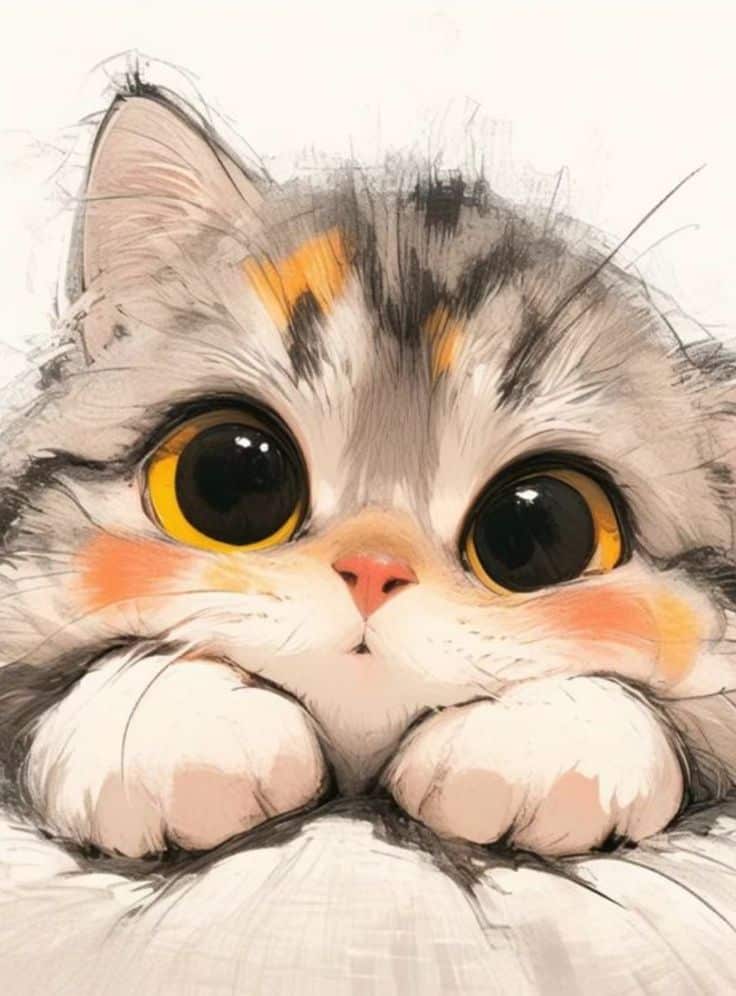
Cute cat illustrations are a delightful expression of creativity. They often feature playful poses and charming expressions that capture the essence of felines.
Artists can explore various styles, from simple line drawings to colorful, detailed depictions. A cat curled up napping or playfully chasing a ball of yarn are popular choices.
Incorporating fun accessories can add personality. Illustrating cats with hats or sunglasses can evoke joy and humor.
Using a mix of colors enhances the overall visual appeal. Bright shades can portray a lively scene, while pastel tones offer a softer, more whimsical effect.
These illustrations are perfect for art enthusiasts at any skill level. Simple concepts, such as a cat stretching or sitting, are easy to create yet highly effective.
6) Phases of the Moon Art
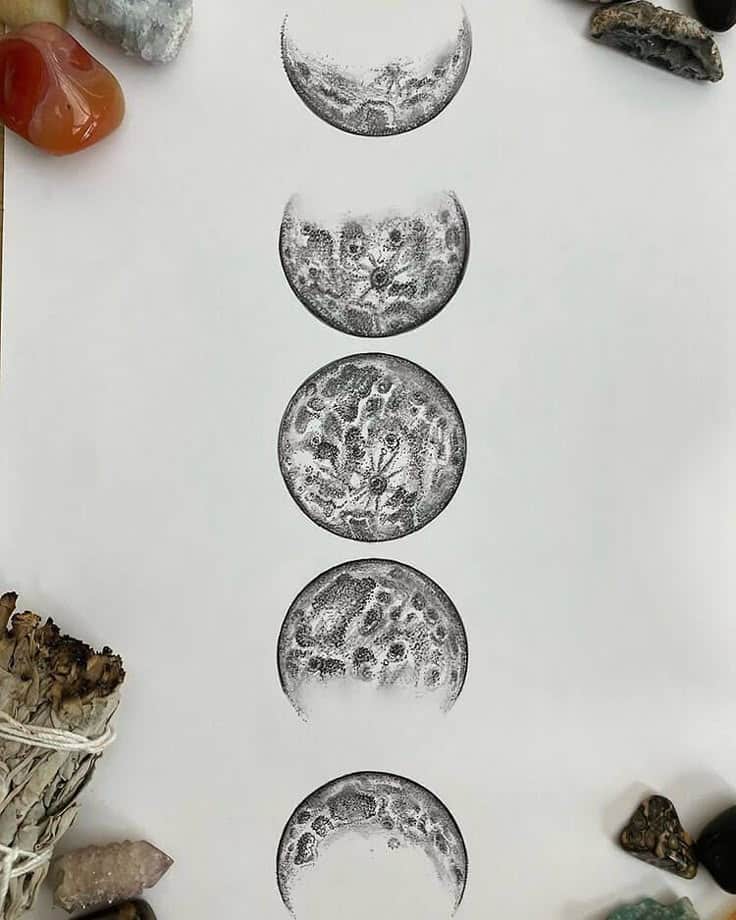
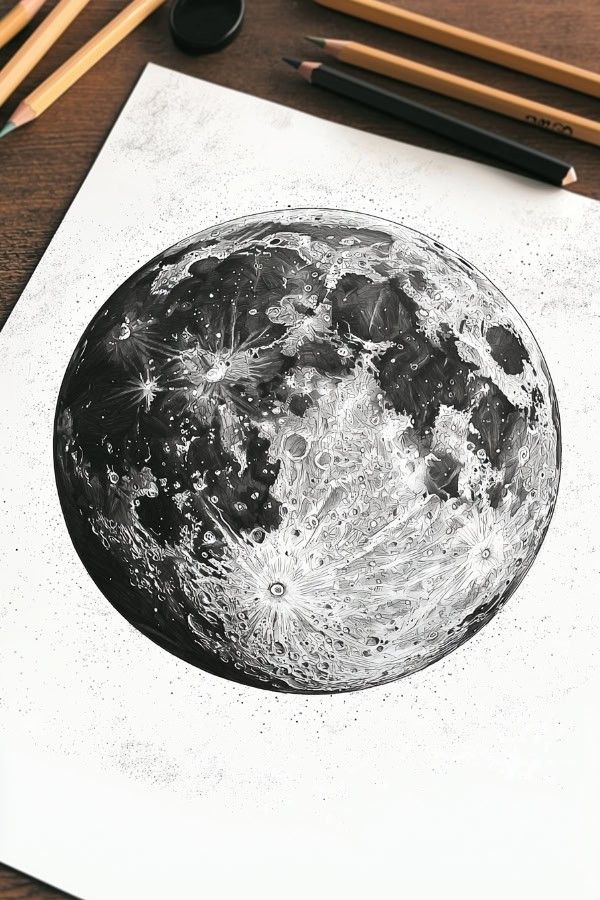
Creating art inspired by the phases of the moon can be a beautiful pursuit. Artists often explore various techniques, from watercolor to acrylic painting. Each phase offers unique visual opportunities.
Many find inspiration from simple moon drawings. These can capture the essence of each phase effectively. Sketching the new moon, waxing crescent, full moon, and waning phases can enhance artistic skills.
Utilizing aesthetically pleasing designs, such as a moon cycle painting, can create a stunning focal point. Using different color palettes allows for personal expression. The contrast between dark and light can highlight the moon’s beauty.
In addition to painting, drawing the moon phases in a sketchbook is accessible for beginners. This can be done with minimal tools and time. Exploring these ideas fosters creativity and a deeper appreciation for celestial beauty.
7) Flower and Sky Compositions
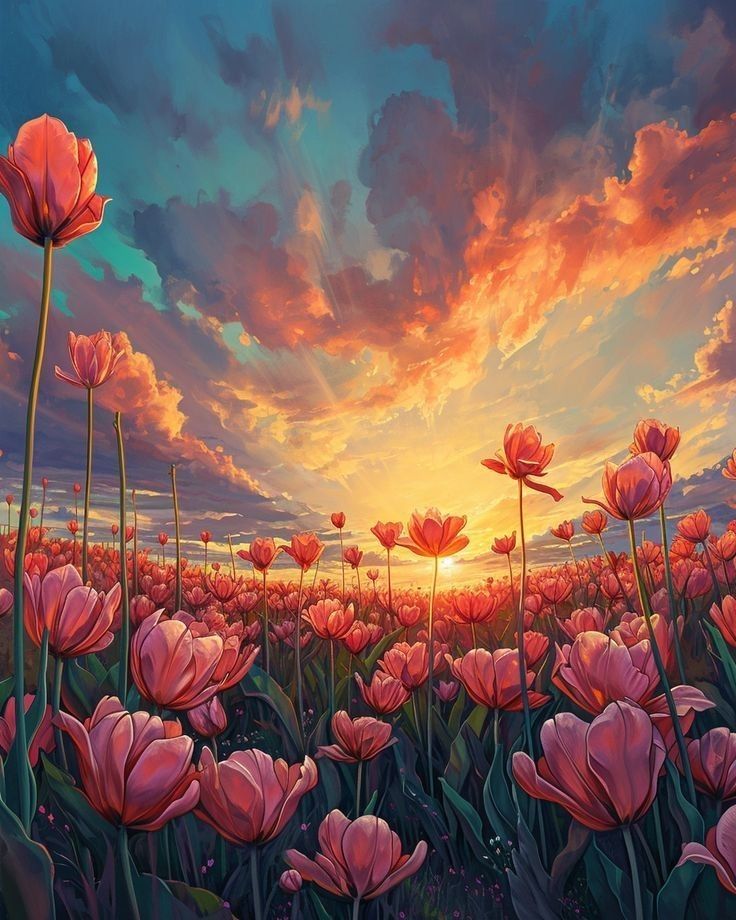
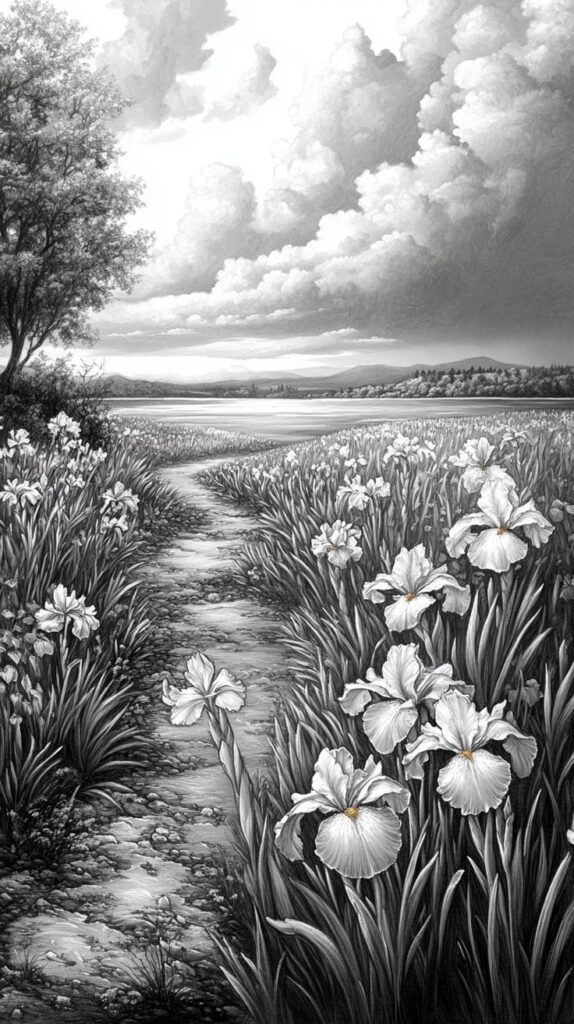
Flower and sky compositions can create serene and uplifting artwork. They combine the beauty of floral elements with expansive skies, capturing a sense of freedom.
Artists can experiment with color gradients in the sky, ranging from soft pastels to bold sunsets. This adds depth and emotion to the piece.
Incorporating different flower types enhances variety. She suggested using wildflowers for a more natural look or sunflowers for vibrant contrast against blue skies.
The arrangement of flowers in the foreground can guide the viewer’s eye. Placing taller flowers at the sides can frame the sky beautifully.
Digital art platforms offer tools to blend these elements seamlessly. Artists can layer textures for a more dynamic appearance.
These compositions provide a wonderful way to express feelings and moods. Whether joyful or peaceful, they resonate with a wide audience.
8) Charming Animal Characters


Charming animal characters can add a delightful touch to any drawing. They often capture the imagination and evoke feelings of warmth.
Artists can start by sketching basic shapes to create the form of their animal. Focusing on expressive features, like big eyes or playful gestures, enhances their charm.
Inspiration can be found in nature, as well as in popular animated films. Mixing traits from different animals often leads to unique and engaging designs.
To add character, artists can think about personality traits that resonate with viewers. A shy bunny or an adventurous fox may appeal to different emotions.
Using vibrant colors and whimsical patterns can also enhance the appeal. These elements invite viewers into a playful world filled with fun and creativity.
Cute animal characters are perfect for various art styles, from cartoonish to more realistic approaches. They encourage creativity and allow artists to explore their own imaginative ideas.
9) Magical Room Interiors
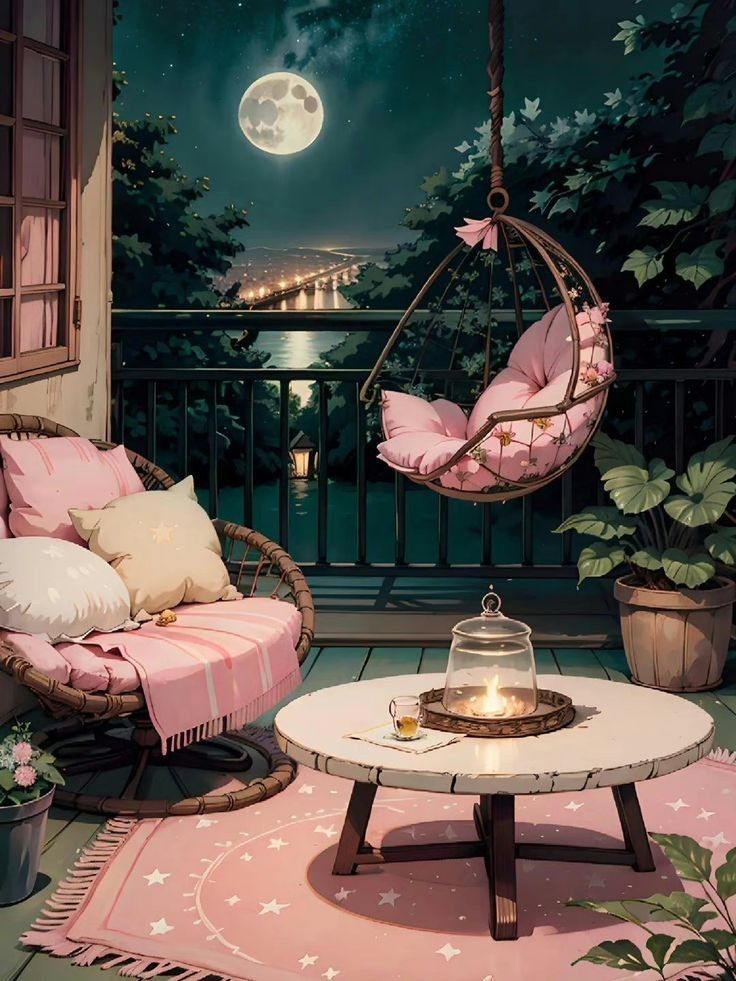
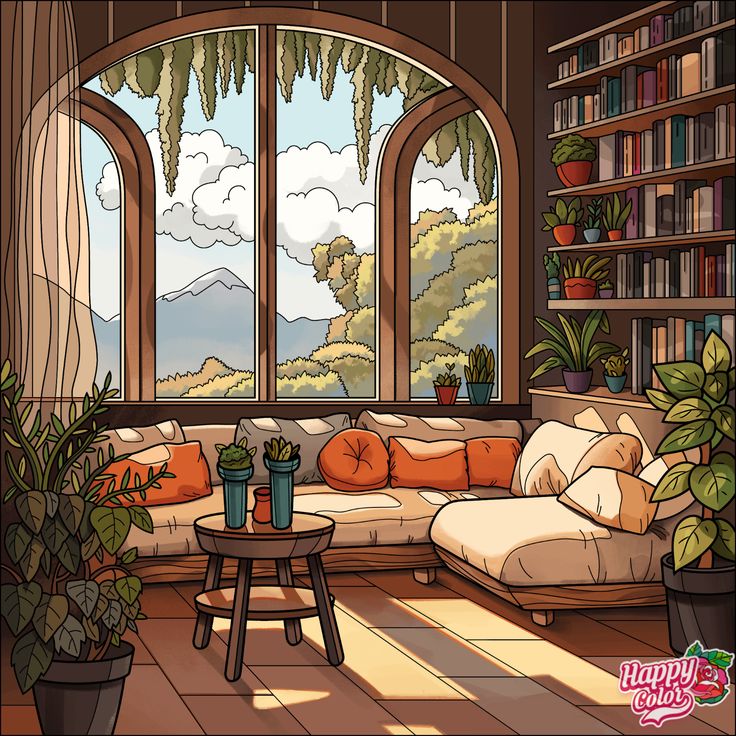
Creating a magical room interior can transport anyone into a fantasy world. This style often incorporates elements that spark imagination and wonder.
Soft lighting, such as fairy lights or glowing lamps, adds warmth and a whimsical touch. Plants like ferns and ivy can also contribute to a dreamy atmosphere.
Decorations may include tapestries featuring ethereal landscapes or mythical creatures. These can enhance the enchanting vibe of the space.
To further the aesthetic, consider using pastel colors or deep, rich tones that evoke a sense of magic. Accessories like crystal accents or vintage trinkets can tie the look together beautifully.
Incorporating unique furniture, such as a cozy nook or a vintage armchair, can make the space inviting. A few carefully chosen artworks, like fantasy-themed pieces, can complete the magical effect.
This approach creates not only a visually appealing room but also a comforting retreat from the everyday world.
10) Serene Ocean Views
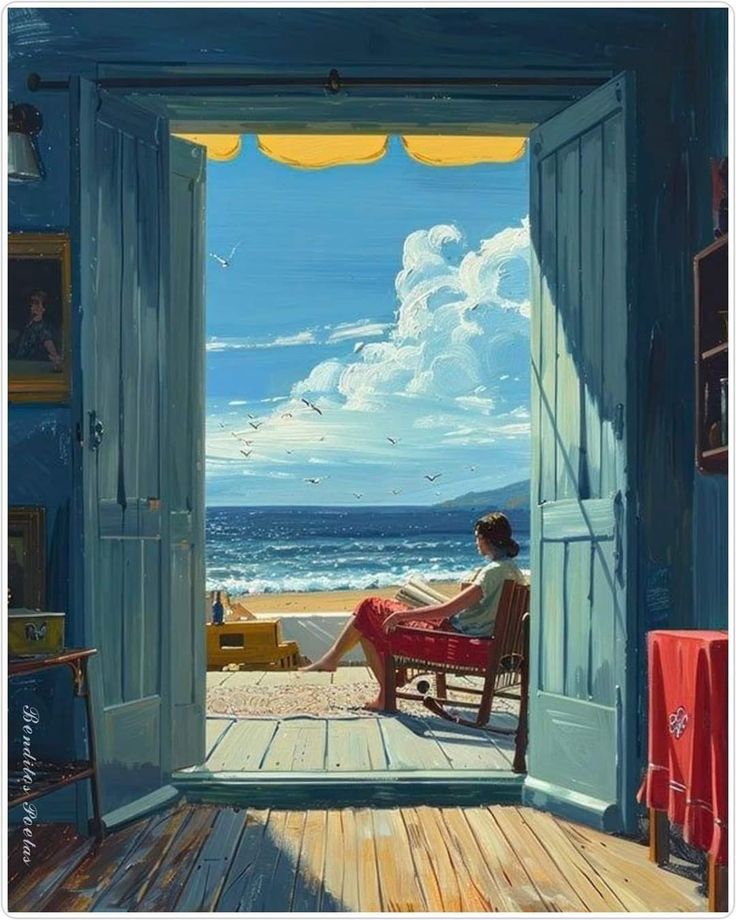
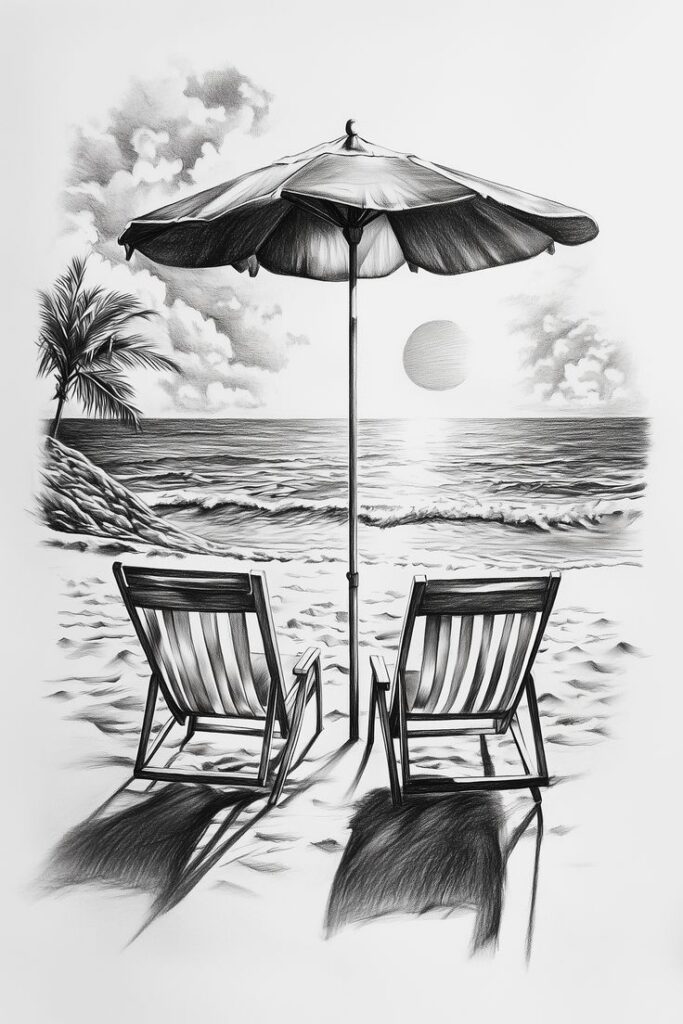
Serene ocean views offer a tranquil escape for artists. They capture the rhythmic movement of waves and the subtle blend of colors in the sea.
Artists can explore various aspects of ocean scenery. From calm beaches to dramatic cliffs, each scene presents unique inspiration.
Watercolor techniques can beautifully render the soft edges of waves. Alternatively, digital art allows for vibrant color palettes that evoke the feeling of summer.
Incorporating elements like sunsets or gentle breezes enhances the serene atmosphere. These features invite viewers to connect with the peace of ocean landscapes.
For those seeking minimalist styles, simple shapes can depict the essence of the ocean. Often, less detail creates a more calming presence.
Inspiration can come from combinations of various ocean scenes. Artists may blend different times of day or weather conditions for interesting results.
Exploring serene ocean views provides endless possibilities for creative expression. The beauty of nature serves as an ideal muse for drawing and painting.
Understanding Aesthetics
Aesthetics, at its core, involves the appreciation of beauty and the nature of artistic expression. It encompasses various artistic movements and design principles that guide creative endeavors, providing a foundation for visual experience.
History of Aesthetic Art
The concept of aesthetics dates back to ancient philosophy, with figures like Plato and Aristotle discussing beauty and art. During the 18th century, the term “aesthetic” gained prominence, notably with philosophers like Alexander Baumgarten, who defined it as a distinct branch of philosophy focused on sensory experience.
The Aesthetic Movement emerged in the late 19th century, rejecting the notion that art should serve social purposes. Artists like Oscar Wilde and James McNeill Whistler emphasized “art for art’s sake,” exploring beauty for its own sake rather than for moral or political messages. This approach influenced various art forms, including painting, literature, and design.
Elements of Aesthetic Design

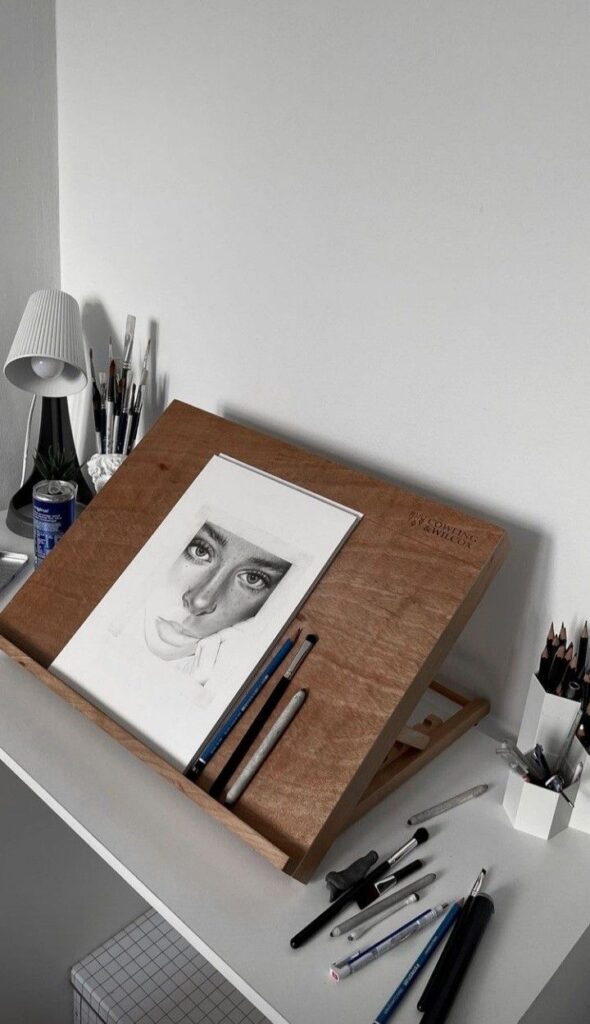
Key elements define aesthetic design, impacting how art is perceived. Color plays a significant role and can evoke emotions and set the mood. Combinations of warm and cool tones can create striking visuals.
Composition is another crucial aspect. It refers to how visual elements are arranged within a space. Balanced compositions lead to a sense of harmony, while asymmetry can create movement and tension.
Texture and pattern enhance depth, adding dimension to artwork. Artists often experiment with materials, creating varied textures that invite tactile engagement. Incorporating unique patterns can unite the elements and enhance the overall aesthetic appeal.
By blending these elements, artists craft works that resonate emotionally and intellectually with their audience.
Inspiration for Your Own Drawings
Finding inspiration for drawings can come from various sources. By tapping into personal styles and exploring color palettes, artists can create unique pieces that truly reflect their creativity.
Finding Personal Style
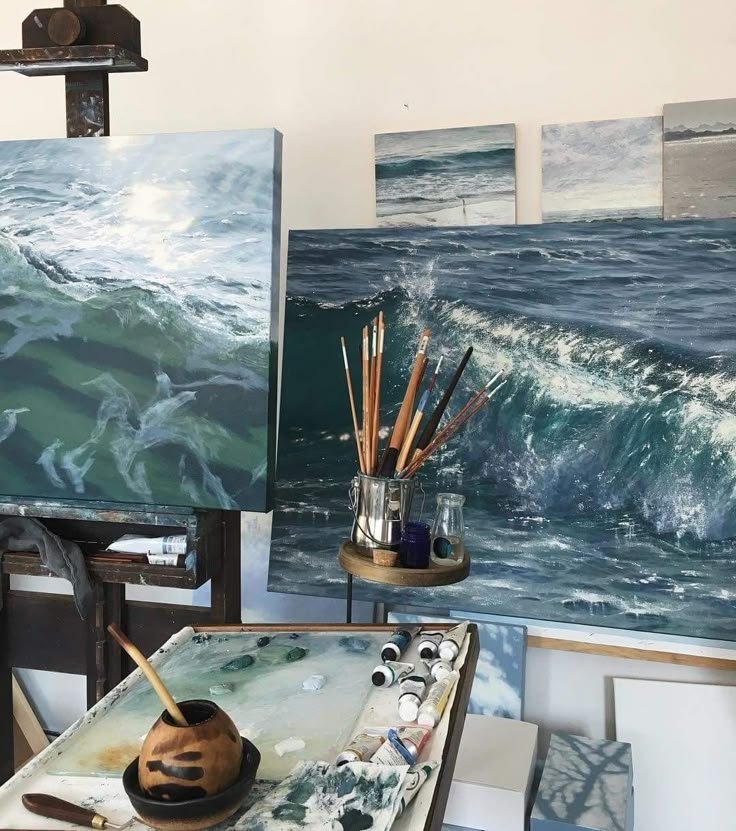
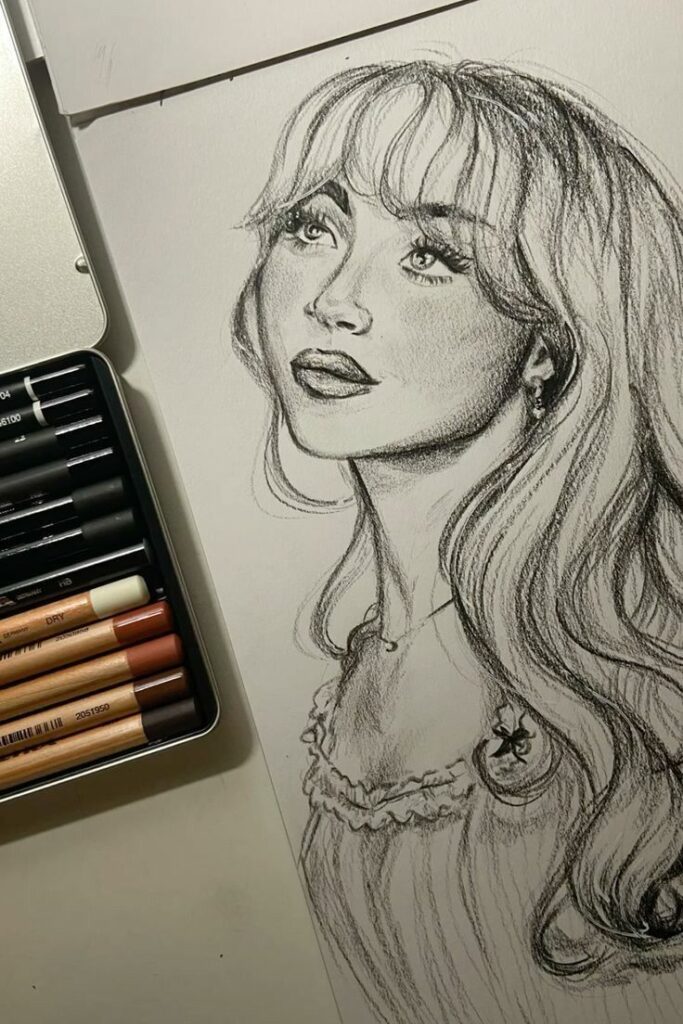
Developing a personal style is essential for any artist. It can often take time and experimentation to discover what resonates.
Experimentation: Artists might try different mediums such as charcoal, watercolors, or digital tools. Each medium can influence the artist’s expression.
Observation: Looking at art from different genres can help. Artists are encouraged to study various techniques, from abstract to realistic styles.
Self-Reflection: Understanding what themes or subjects speak to them is crucial. This could involve drawing inspiration from daily life, favorite books, or personal experiences.
By mixing these elements, artists can carve out a style that feels authentically their own.
Exploring Color Palettes
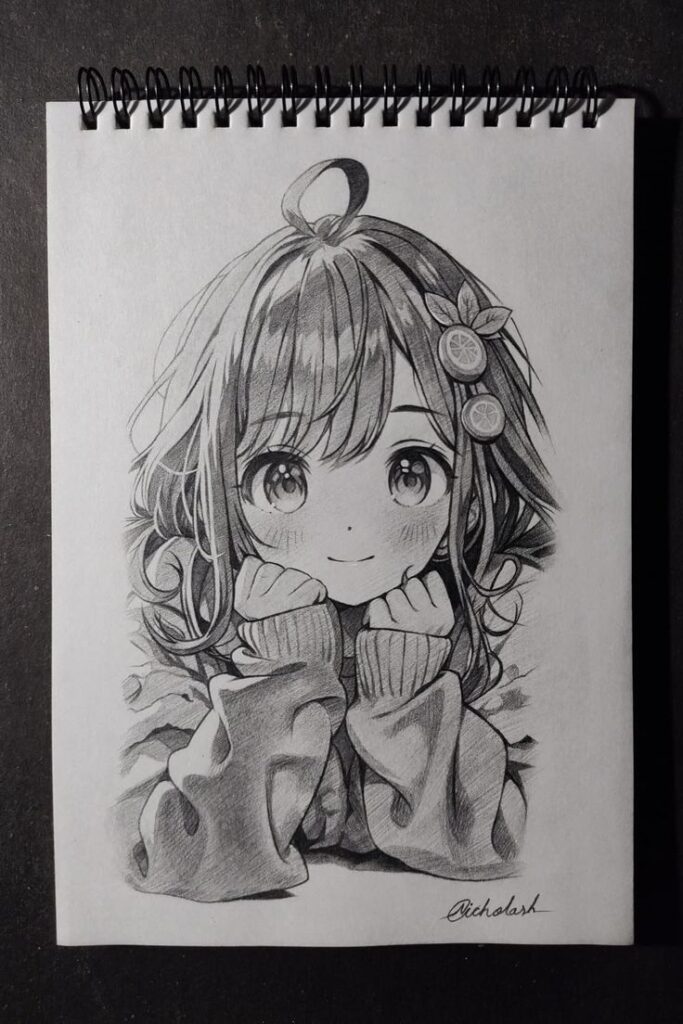
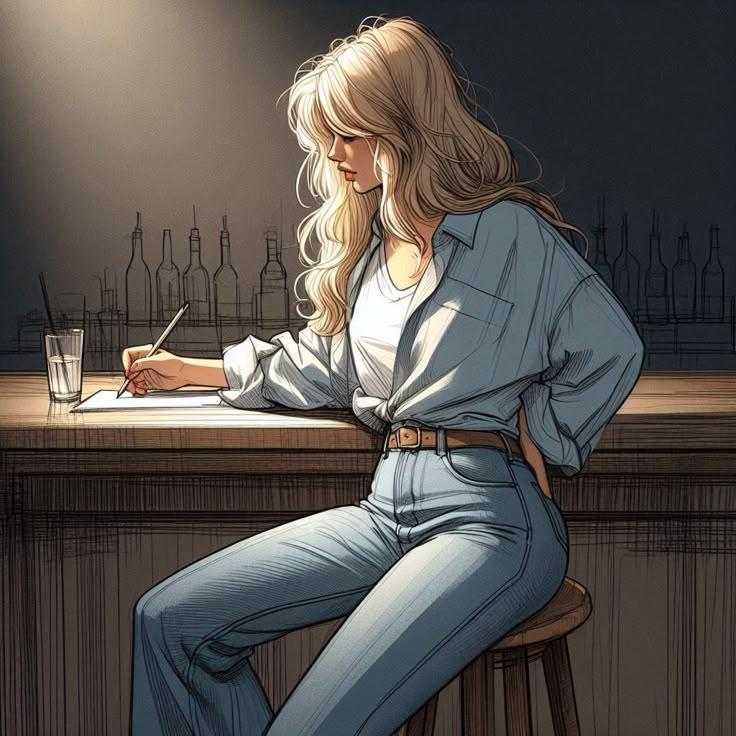
Color choices can dramatically influence the mood and impact of a drawing.
Color Theory Basics: Familiarity with complementary and analogous colors can enhance a composition. Utilizing tools like the color wheel aids in choosing harmonious palettes.
Mood Boards: Creating mood boards can help in visualizing themes and emotions. Collecting images of landscapes, fashion, or even Pinterest finds can guide color selections.
Experiment with Shades: Using different shades of a single color can create depth. Exploring various contrasts can add drama or serenity.
By immersing in color exploration, artists can enrich their works with emotional resonance and visual interest.
- 1.1Kshares
- Facebook0
- Pinterest1.1K
- Twitter0

